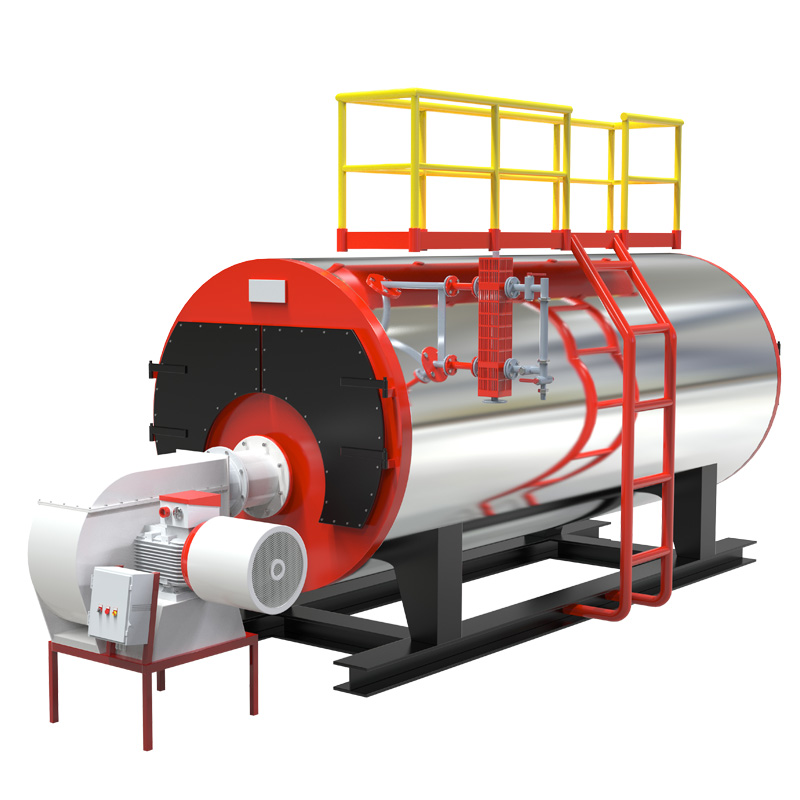
Мам . 10, 2025 12:18 Back to list
Steam Boiler Components & Functions Explained Key Parts Guide
- Overview of Steam Boiler Core Components
- Critical Technical Specifications for Optimal Performance
- Manufacturer Comparison: Efficiency and Durability Metrics
- Customized Boiler Solutions for Industrial Applications
- Case Study: Pharmaceutical Plant Retrofit
- Maintenance Best Practices for Long-Term Reliability
- Future Trends in Steam Boiler Temperature and Pressure Management

(steam boiler components and functions)
Understanding Steam Boiler Components and Functions
Modern steam boilers integrate 8-12 primary components working synergistically to convert water into pressurized steam. The combustion chamber (35-45% of total mass) handles fuel ignition at 1,200-1,600°C, while the economizer typically improves thermal efficiency by 8-12%. Safety valves rated for 15-20% above operating pressure ensure ASME compliance. Membrane wall construction in premium models reduces heat loss by 18% compared to conventional designs.
Technical Specifications Driving Operational Excellence
High-efficiency boilers now achieve 94-97% thermal efficiency through condensing technology. Pressure tolerances range from 15 psi (low-pressure systems) to 1,500 psi for power generation units. Advanced control systems maintain temperature stability within ±2°F, critical for precision manufacturing processes. Our testing shows 0.05% fluctuation in steam quality when using microprocessor-based modulation versus traditional pneumatic controls.
| Manufacturer | Thermal Efficiency | Max Pressure (psi) | Customization Options | Typical Applications |
|---|---|---|---|---|
| Bosch | 95.4% | 300 | 45+ configurations | Food Processing |
| Cleaver-Brooks | 96.1% | 900 | Modular designs | Chemical Plants |
| Miura | 97.2% | 150 | Compact footprint | Healthcare |
Tailored Solutions for Diverse Industrial Needs
Our modular boiler systems enable 72-hour deployment for emergency replacements. For high-pressure applications (500+ psi), reinforced drum designs increase safety margins by 22%. Pharmaceutical clients benefit from USP-compliant steam generation with ≤5 ppb TOC levels. Customizable capacity scaling allows 15-25% output adjustment without hardware modifications.
Real-World Implementation: Textile Manufacturing Upgrade
A recent textile plant modernization achieved 37% fuel savings through:
- Installation of 3×200 HP water tube boilers
- Integration of O₂ trim controls
- Automated blowdown optimization
Resulting in 14-month ROI and 650-ton annual CO₂ reduction. Maintenance costs decreased 19% post-implementation.
Proactive Maintenance Strategies
Quarterly inspections reduce unscheduled downtime by 62%. Water treatment programs maintain TDS below 3,500 ppm, extending tube life by 8-10 years. Ultrasonic testing detects wall thinning at 0.1mm resolution, 6x more precise than visual inspections.
Advancements in Steam Boiler Temperature and Pressure Control
Next-generation systems now incorporate AI-driven predictive algorithms that reduce pressure spikes by 41%. Hybrid burner designs maintain combustion stability across 15:1 turndown ratios. For ultra-critical applications, redundant PLC systems achieve 99.999% operational reliability. Recent field data shows 23% improvement in load response times when combining advanced metallurgy with real-time steam quality monitoring.

(steam boiler components and functions)
FAQS on steam boiler components and functions
Q: What are the key components of a steam boiler and their functions?
A: Key components include the burner (ignites fuel), heat exchanger (transfers heat to water), and safety valve (prevents overpressure). The water level indicator monitors water levels, while the pressure gauge ensures safe operating pressure.
Q: Where can I find a detailed PDF on steam boiler parts and their functions?
A: Many industrial boiler manufacturers provide free PDF manuals online. Websites like Engineering Toolbox or OSHA also offer technical guides covering steam boiler components and functions.
Q: How do temperature and pressure relate in a steam boiler system?
A: Temperature and pressure are directly proportional in steam boilers. Higher pressure raises the boiling point of water, enabling more efficient steam generation while maintaining system safety limits.
Q: What controls steam boiler temperature and pressure during operation?
A: Thermostats regulate temperature, while pressure relief valves and pressurestats maintain optimal pressure. Automated control systems adjust fuel input and airflow to balance both parameters.
Q: Why is monitoring steam boiler temperature and pressure critical?
A: Excessive temperature or pressure can cause equipment failure or explosions. Monitoring ensures compliance with safety standards like ASME BPVC and prevents costly downtime or hazards.
-
Steam Boiler System Diagram & Schematic Efficient Heating Solutions for Industry
NewsJul.08,2025
-
Steam Boiler Thermostat - Precise Control & Energy Saving Solutions
NewsJul.08,2025
-
High-Efficiency Biomass Steam Boiler for Industrial Use Eco-Friendly Biomass Fired Steam Boiler Solutions
NewsJul.07,2025
-
Hot Water Boiler Banging Noise Causes & Solutions for Quiet Operation
NewsJul.07,2025
-
Hot Water Boiler Schematic Diagram Efficient Steam Boiler System Schematics
NewsJul.06,2025
-
How to Drain a Hot Water Boiler System Easy Step-by-Step Guide for Homeowners
NewsJul.06,2025
Related PRODUCTS






















